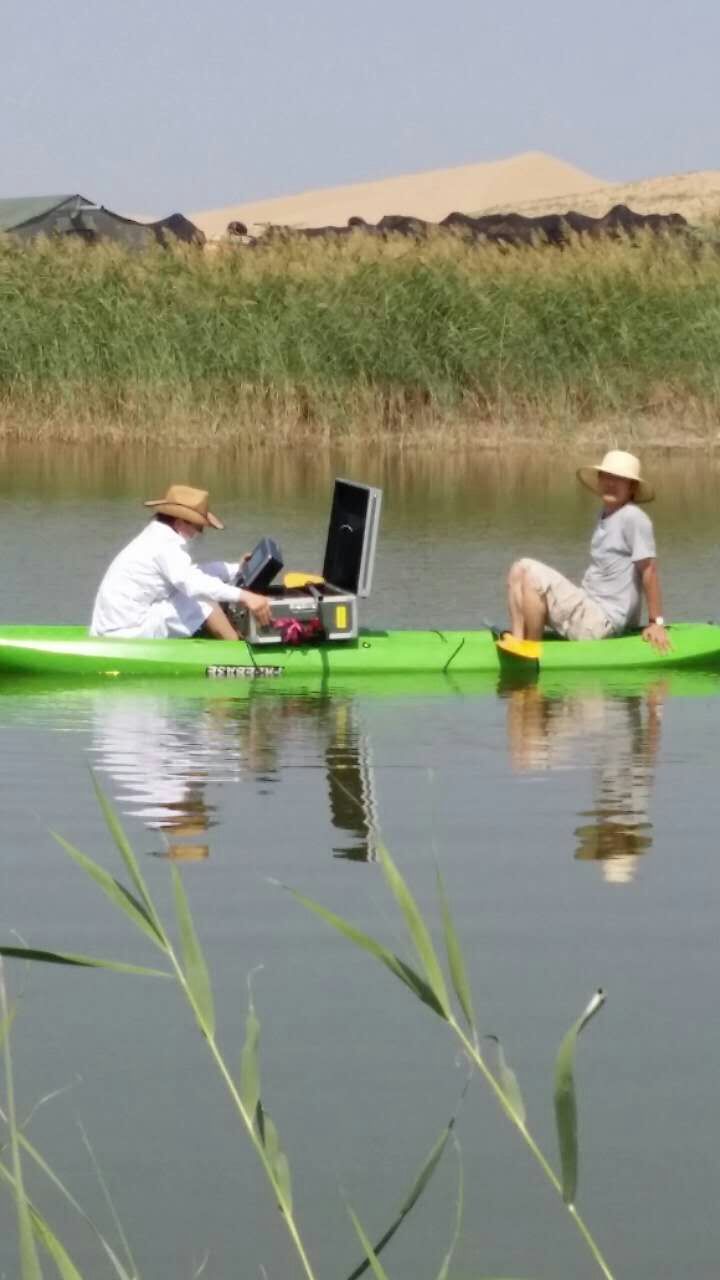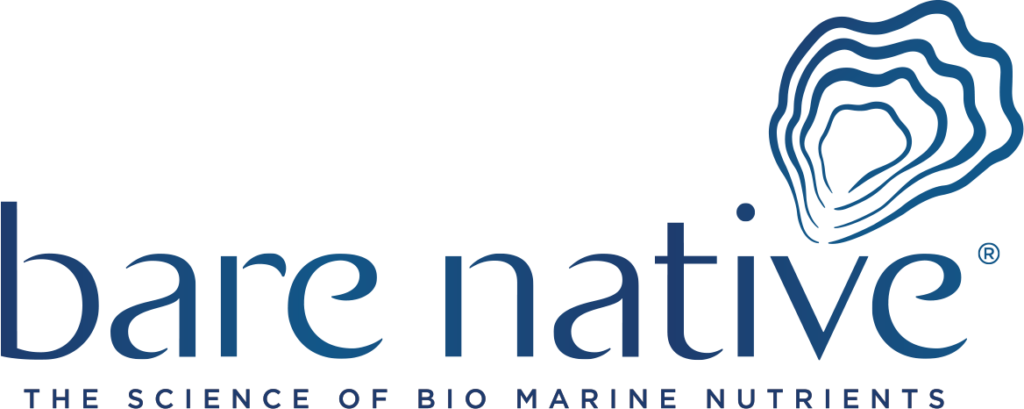Location: Ningxia Sand Lake, China
In 2016, our team were part of the Ningxia Sand Lake Pilot Remediation Project. Here’s how he went:
The problem:
There were two kinds of pollution in Sand Lake; firstly turbidity was high. This is caused by diversion of the Yellow River, which carries a lot of suspended particles; secondly, the waters were green. This is due to the high degree of eutrophication, resulting in large amounts of blue-green algae caused by propagation. The Shahu Tourism Corporation agreed areas for ecological restoration for the Lakes pilot, designed to improve water quality in Shahu Lake.
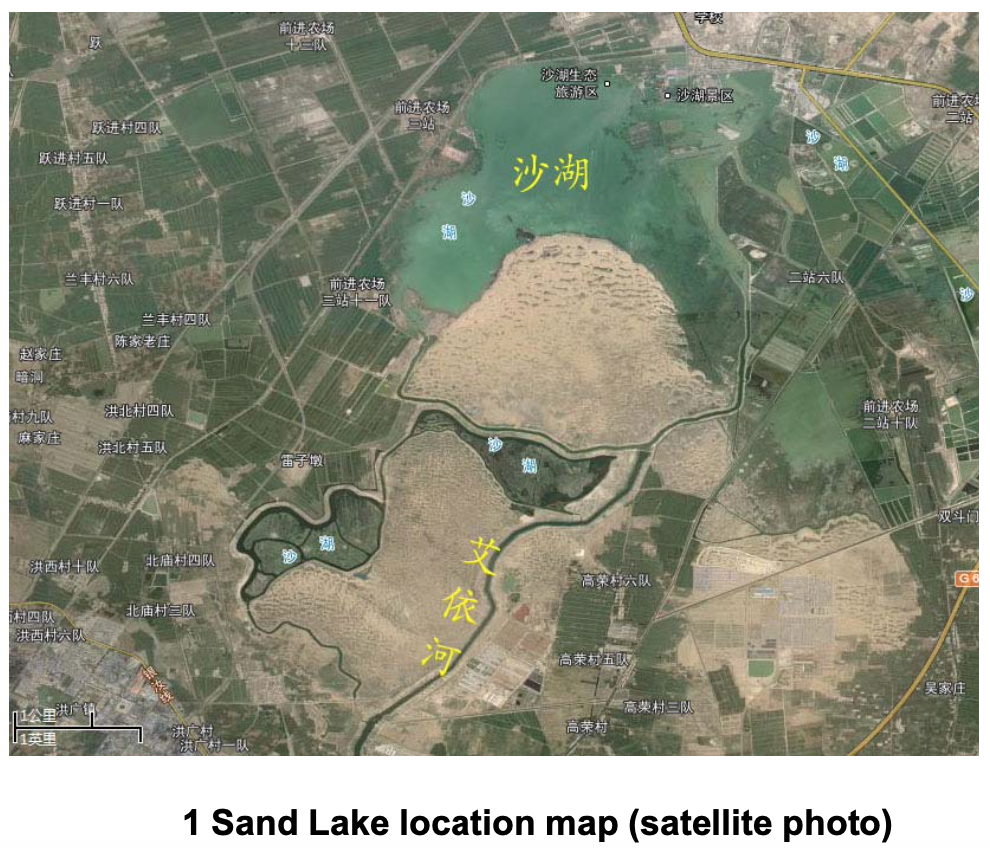
The mission:
Pilot testing purposes were mainly focused on the following two aspects:
- Through pilot-scale experiments, Kaitian Environmental will restore Shahu Lake’s aquatic environment with a reliable process;
- A pilot-scale test combining technology from home and abroad with overall water quality of the Sand Lake, based on pilot data, optimised for a whole Sand Lake restoration programme with technical details.
Diatoms are single celled plants which have plastids, often by several or many individual cells into a wide variety of groups, belonging to the producer in the food chain. A key feature of diatom cells overlying siliceous (mainly silica) cell walls. This. type of cell wall is solid, stability of diatom cell death will remain very strong, will not be split up.
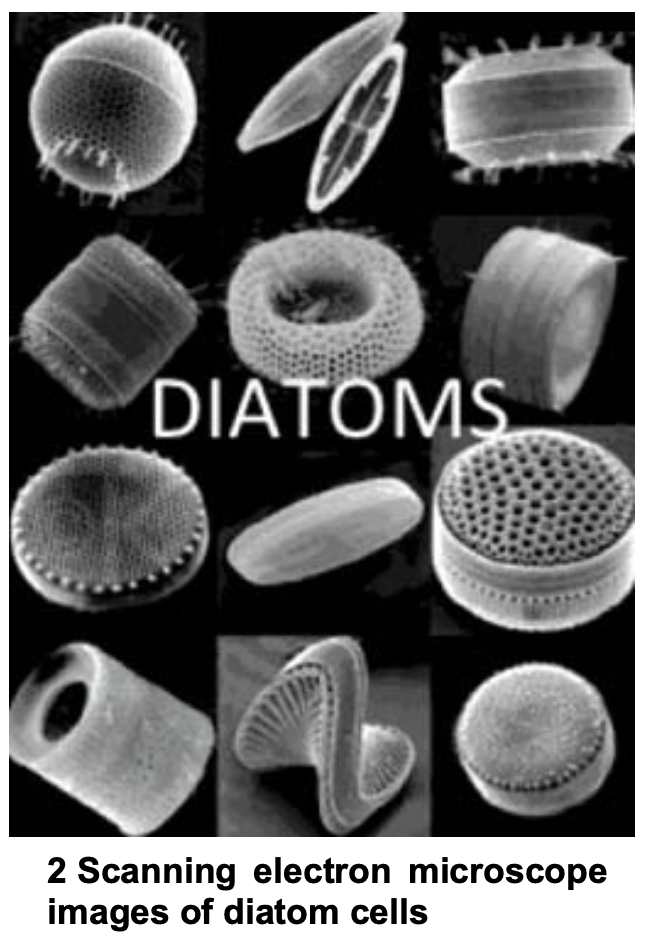
We joined the natural Nano-nutrients in water, its small particle size, surface area, with significant surface effects can be quickly absorbed by the diatom cells, promote the diatom cell walls, the formation of chlorophyll, accelerating the growth of diatoms in freshwater environments, promote cell clones. In the process of growing diatoms will continue to absorb other nutrients, and under autotrophic photosynthesis and assimilation of proteins and other substances, thereby reducing the level of eutrophication of water body. In addition, due to the rapid growth of diatom water consumed large amounts of n, and p elements, the lack of nutrients will inhibit the growth of cyanobacteria and green algae. Removed by diatom accumulation of eutrophication in the n and the p element can fundamentally improve the State of eutrophication of water body and can promote the growth of zooplankton and fish.
Specific mechanisms in the following areas:
- Through photosynthesis, carbon dioxide fixation in cells of diatom cells; meanwhile, the absorption of n, and p elements, assimilation of synthetic substances that make up cells. When in water n element content is high, the diatoms synthesize proteins and oils when in water n element content is low, diatom synthesis a lot of oil and a small amount of protein.
- On Earth there are 70% oxygen is released of phytoplankton, diatoms plankton in number of 60% or more. In the process of photosynthesis, diatom cells release oxygen into the water, can increase the dissolved oxygen in the water, thereby promoting bacterial oxidation and decomposition of organic matter such as microorganisms, enhance water self-purification ability, promote decomposition of pollutants in sediments, help speed up black and odorous, sensory and poor state of the aquatic ecosystem of the Lake returns to normal.
- Diatom shells have a large number of, an ordered arrangement of micro pore than surface area reaches 3.1-60M2/g, pore7-125nmcan absorb mass 3-4 times more impurities. Silicon inner surface of the outer surface of the shell and whole distribution in a large number of silanol and ionization in aqueoush+, show some surface electronegativity can be positively charged colloidal destabilisation and adsorption of positively charged by pollutants. In addition, high chemical stability of diatom shells, except in hydrofluoric acid solution, but does not dissolve in any strong acid, when diatoms die still has strong adsorption properties, not desorption of pollutants entering water bodies. Therefore, the diatom cells themselves can be seen as a kind of stable adsorbent material.
- Zooplankton food diatoms in water; zooplankton can be used as a biological food for fish, shrimp, to form the “big fish eat little fish, small fish eat shrimp” food chains.
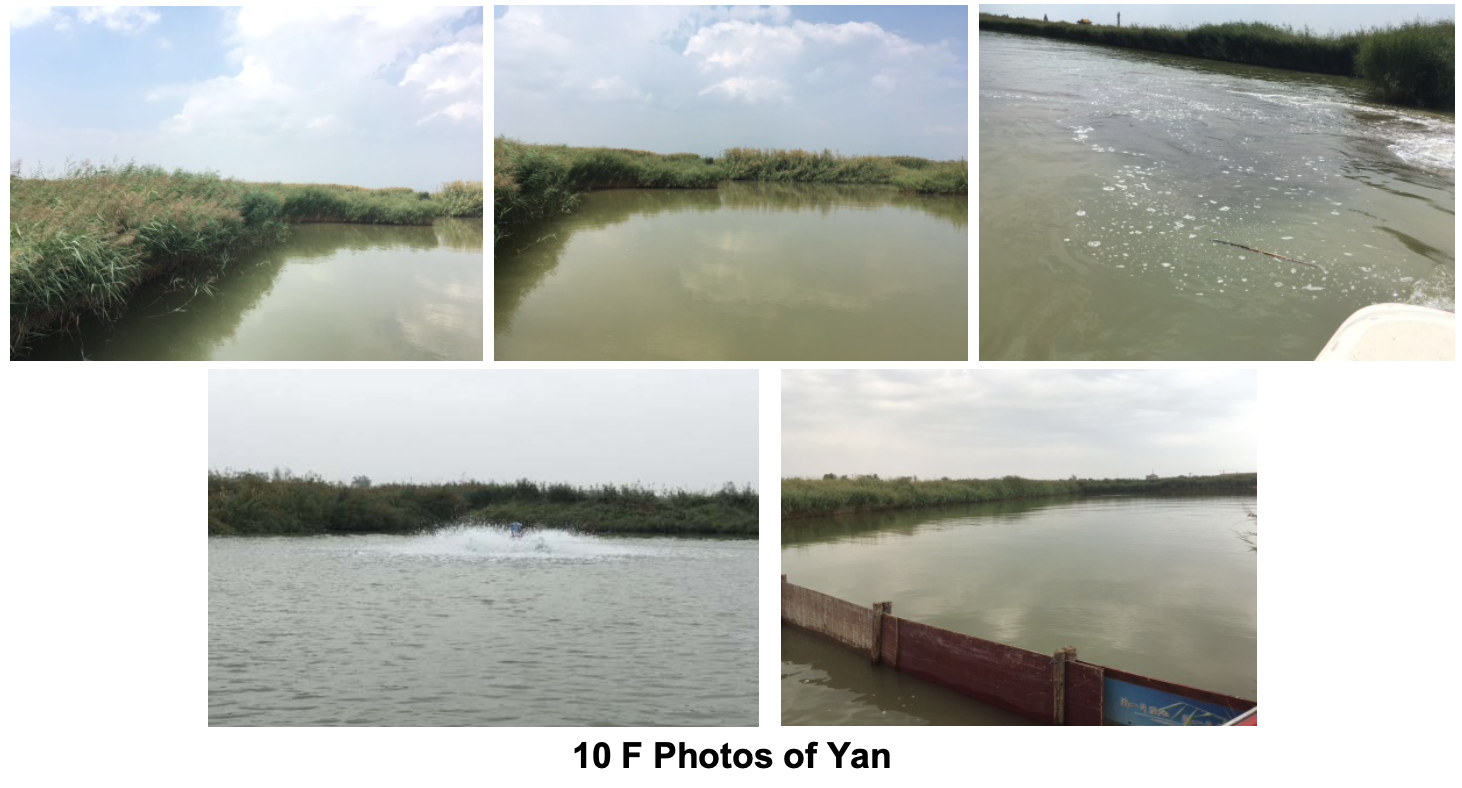
Nano-nutrient complex stimulate the growth of diatom in the process water eco-system restoration, reduction of cyanobacteria, green algae will significantly enhance the transparency of water. With the increasing depth of light, submerged plants will gradually recover, thus contributing to algal turbidity water gradually from steady-state systems (Optical Depth attenuation frequency ≥0.9m-1 water) grass simple steady-state systems (Optical Depth attenuation frequency ≤0.2m-1 water) changes. Chain (see figure 3 below), through the food chain N, P And other elements out of the water, reducing water N, P Element concentration, improve the self-purification of water.
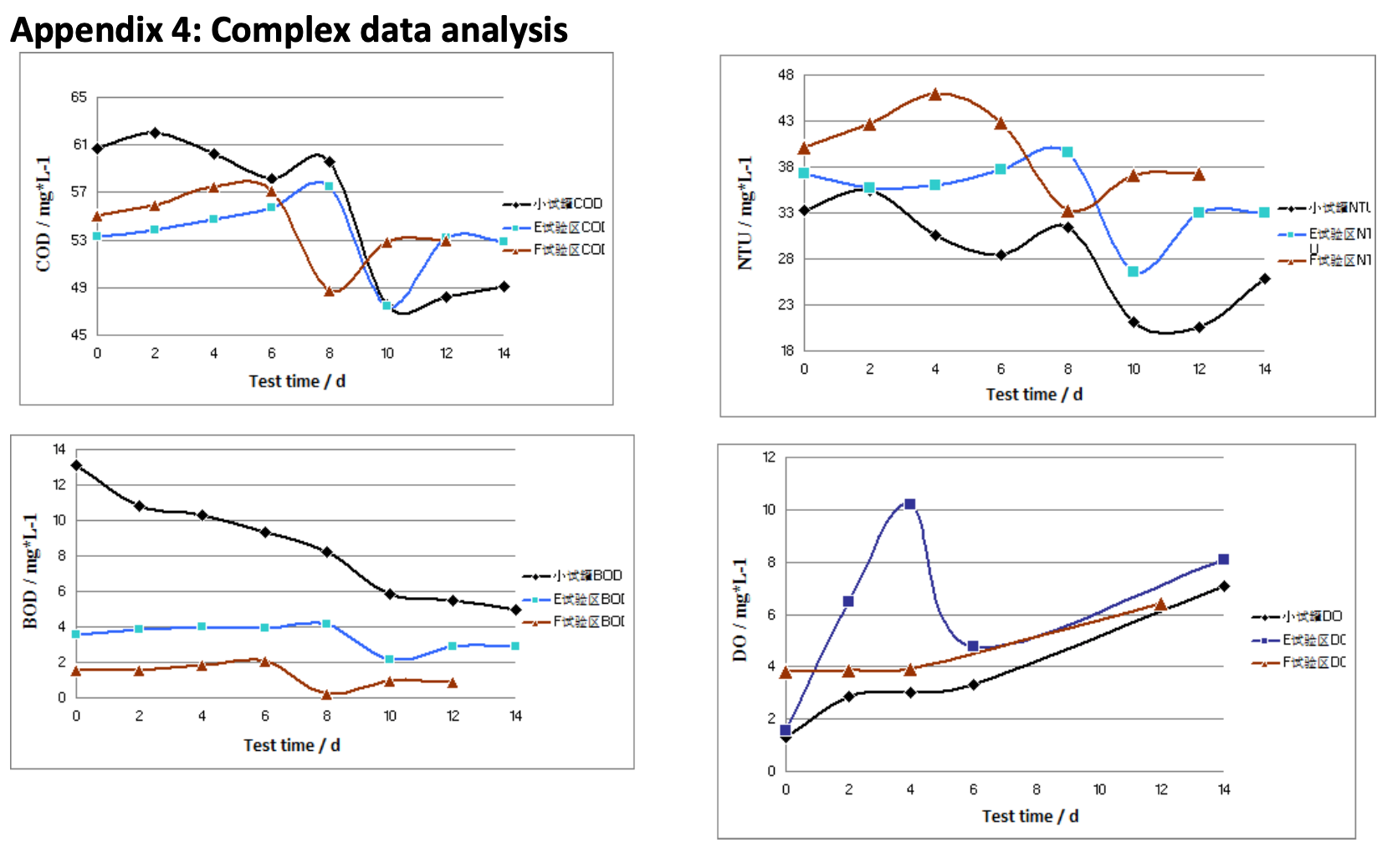 The outcome:
The outcome:
In the beginning of the trial, nano-nutrients promote the growth of diatoms in water, increased oxidation of organic compounds in water content, water COD Transient increase, transient increases in turbidity and then also; as the trial goes on, gradually increase in diatoms, and biodegradable organic matter in the water as nutrients were absorbed by diatoms and, therefore, BOD Index decrease; increased as the number of diatoms, photosynthesis increases dissolved oxygen in the water, prompting oxidisable organic matter in water by oxidation and decomposition. And green algae, blue-green algae, such as the biological competitive decreased quantity decreases, resulting in COD, turbidity index fluctuation in the middle and later period of reduction.

